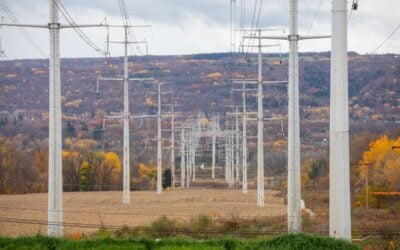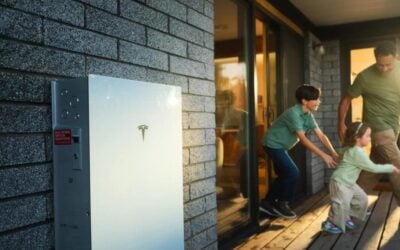
The Energy Storage Association (ESA) unveiled a new document this month that offers a number of state policy suggestions designed to spur cost-effective energy storage across the US.
The document, State Policies to Full Charge Advanced Energy Storage: The Menu of Options, states that in order to enable the use of energy storage and reach its top potential in terms of benefiting policymakers and ratepayers, states must focus on value, competition and access.
In terms of value, the ESA stresses that unique and numerous benefits of energy storage must be realised through accurate market signals that monetise economic value, operational efficiency, and societal benefits.
Off that same initiative, the ESA stresses that states must set hard-line procurement targets to jumpstart market creation, while also creating time-varying rate design that showcases to customers the value of leveraging storage, while better aligning customer costs with system costs.
Try Premium for just $1
- Full premium access for the first month at only $1
- Converts to an annual rate after 30 days unless cancelled
- Cancel anytime during the trial period
Premium Benefits
- Expert industry analysis and interviews
- Digital access to PV Tech Power journal
- Exclusive event discounts
Or get the full Premium subscription right away
Or continue reading this article for free
Regarding compensation, the ESA notes that states should institute integrated resource planning, distribution system planning, grid resilience and emergency management planning, peak demand reduction and energy efficiency programs, RFPs and RFIs.
In addition, the ESA also notes that new procurement processes can be helpful — as utilities in New York and California have pioneered reverse auctions for nonwires alternatives and peak load reductions.
With access, the ESA notes that updating transmission interconnection, modernising distribution interconnection rules and standards, improving queue management for DERs and enabling multi-service provisions can make significant strides in terms of growing the market.
Maximising on cost-effective energy storage will be crucial for the US national grid, as over US$2 trillion in utility investments in electric supply and infrastructure is expected through 2030.





